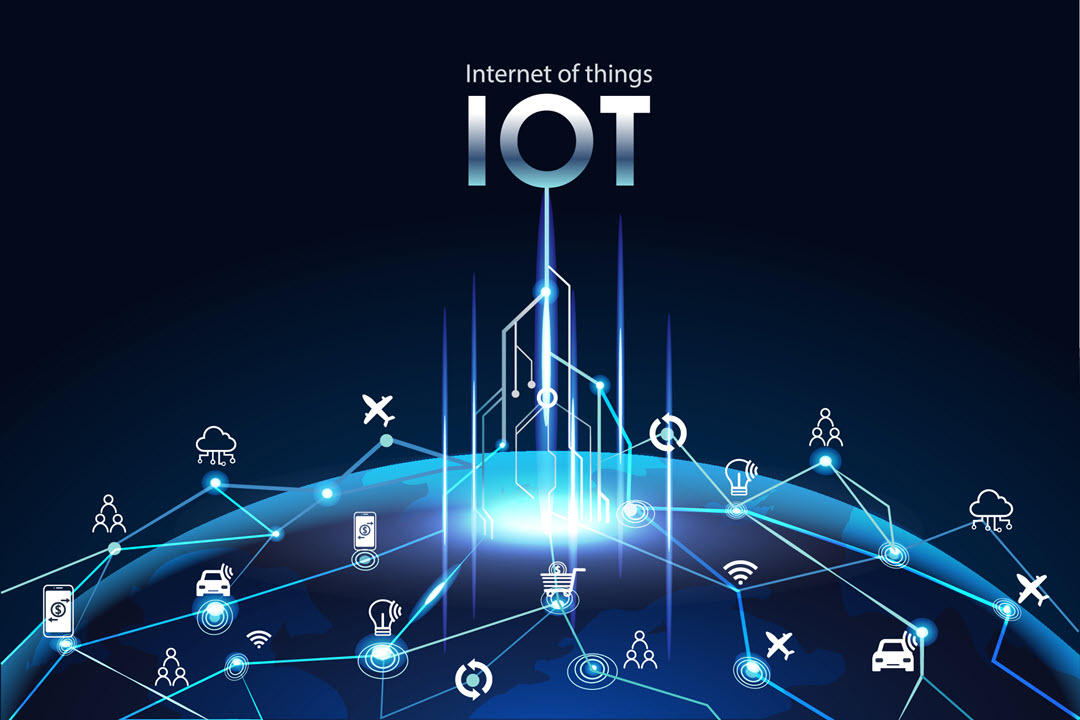Insurance companies are really catching on to the competitive advantages they can gain from the Internet of Things (IoT). Thanks to real-time and continuous data, the number of insurance IoT use cases is expanding as insurers and vendors find new and creative ways to improve risk assessment, personalize their product and services offerings, and raise their customer experience game. The future of IoT in insurance will see even more use cases as tools make it easier for insurers to consume IoT data and derive business insights.
But let’s not forget, the degree of IoT integration and the variety of its applications in insurance can vary quite a bit, depending on the specific line of business. This was a key topic of discussion at the recent North American IoT Insurance Observatory symposium in Connecticut at Mohegan Sun.
This meeting of the minds, hosted by IoT Insurance Observatory, brought together leading figures in the insurance and IT world to share their experiences with integrating IoT into their operations.
The dialogue was rich – ranging from current use cases to emerging trends, and even strategies for leveraging IoT for better business results. It’s safe to say that the insurance industry is making strides when it comes to the IoT. Here are some highlights.
Expansion of Insurance Use Cases in IoT Future
Speakers from a variety of carriers, insurtechs, and systems integrators — including AXA XL, FloodFlash, FM Global, Great American, Hanover, HSB, The Hartford, Pepper, Philadelphia Insurance Co.’s, Swiss Re, Whisker Labs, and of course ValueMomentum — noted that insurers are no longer solely reliant on historical, legacy, or self-reported data from policyholders.
Insurers are actively investing in IoT-based programs and leveraging real-time data to develop innovative insurance solutions to improve claims processing, customer experience, loss prevention, and home protection.
To demonstrate how the industry’s investment is leading to greater maturity for insurance IoT use cases, executives from these enterprises shared their experience driving IoT initiatives in their organizations. Drawing from the insights shared by members and the size and varying degrees of success of their use cases, we’ve observed the following IoT trajectories.
Auto Insurance Telematics Tech is Mature
Compared to other segments, personal auto has the highest level of IoT adoption, with a strong interest from U.S. consumers. The ability to use telematics data also is now generally regarded as a necessary capability, with many insurers offering some form of UBI (Usage Based Insurance) program.
However, Matteo Carbone, founder of the IoT Observatory, said the next challenge for insurers is to expand consumer uptake by appealing to their current customers and to revamp their go-to-market proposition by emphasizing value-added services, such as automatic accident alerts, while de-emphasizing premium discounts.
Further, he noted that telematics has not yet had a significant impact on aggregated combined ratios, which for U.S. personal lines are up substantially and well over 100%.
Telematics for Smart Home Insurance is Heating up
The rise of Smart Home and IoT applications for insurance are on the rise and were well represented at the event.
Jeff Bales, VP of sales at Pepper, which offers a configurable IoT Platform as a Service (PaaS), spoke about the future of Smart Home insurance. As the landscape of smart devices continues to grow, so does the number of different apps to manage them. According to Bales, a smart home platform that controls many third-party devices from a single tool is needed.
This platform, like Pepper’s, would allow enterprise brands to take advantage of interoperability across IoT devices and services. For the consumer, they can access their smart devices from anywhere to stream videos, turn on the lights, set the thermostat, and more, all from the platform’s UX.
FloodFlash founder Adam Rimmer discussed his company’s use of IoT for parametric flood insurance. FloodFlash combines computer models, cloud software, and internet-of-things sensors to offer flood insurance that covers those the insurance industry has left behind.
According to the company, FloodFlash is the first parametric flood insurance available to the mass market. Customers choose the depth of flooding and how much they’d receive when floods reach that depth. When sensors installed at their property detect water at that depth, the claim is paid in full.
Whisker Labs offers fire prevention and grid monitoring, and CEO Robert Marshall held the room’s attention with his ROI exploration. According to Marshall, a quarter million active Ting devices prevent 10 potential fires every day.
Continue Investing in IoT for Future Growth
As IoT in insurance becomes ever more mainstream, the impact it will have on losses and claims will persist for months and even years beyond the current year, as demonstrated by the presenters.
This is clearly an exciting prospect and a very likely outcome given the increasing number and degree of IoT integrations, and the ever-increasing variety of applications in insurance. Insurers and tech firms are continuing to create new IoT use cases, and the future of insurance IoT is unfolding in new and creative directions. It’s exciting to be a part of it.
Interested in building the architectural foundation to leverage IoT, but don’t know where to start? See how ValueMomentum’s DataLeverage team can help you develop a data strategy, build digital capabilities, and enable data insights to become a data-driven organization.
